Artificial intelligence and nanotechnology
Artificial intelligence and nanotechnology
What is AI
What is AI
Artificial Intelligence (AI) refers to the simulation of human intelligence in machines (such as software on a computer) that are designed to think and act like humans. This is done through the use of algorithms, which are a set of well-defined instructions for completing a process or a calculation.
“Reactive Machines” – the earliest form of AI – used simple algorithms where they needed to explicitly be told what to do [1] (e.g. if the patient’s temperature hits 38C, order Paracetamol).
“Machine Learning” (ML) is a type of modern and complex AI that automatically improves its performance on a specific task over time by learning from experience, without being explicitly programmed. This is achieved by training machine learning algorithms on large datasets, allowing them to learn and make predictions based on patterns in the data.
The most common types of machine learning algorithms are called supervised learning and unsupervised learning.
Types of machine learning
Types of machine learning
Unsupervised learning
With unsupervised learning, the algorithm is not given any labeled data, and instead must find patterns or relationships in the data on its own.

First, we show the algorithm an example of many types of animals. We do not label or tell the algorithm what types of animals these are.
The algorithm has learned to differentiate between the different types of animals based on their features (e.g. does the animal have wings, fins, or ears?). Without labels, though, the algorithm does not know what the different animals are called.
Supervised learning
With supervised learning, the algorithm is trained on a labeled dataset, where the desired outcome is already known. The algorithm then makes predictions based on this training data.

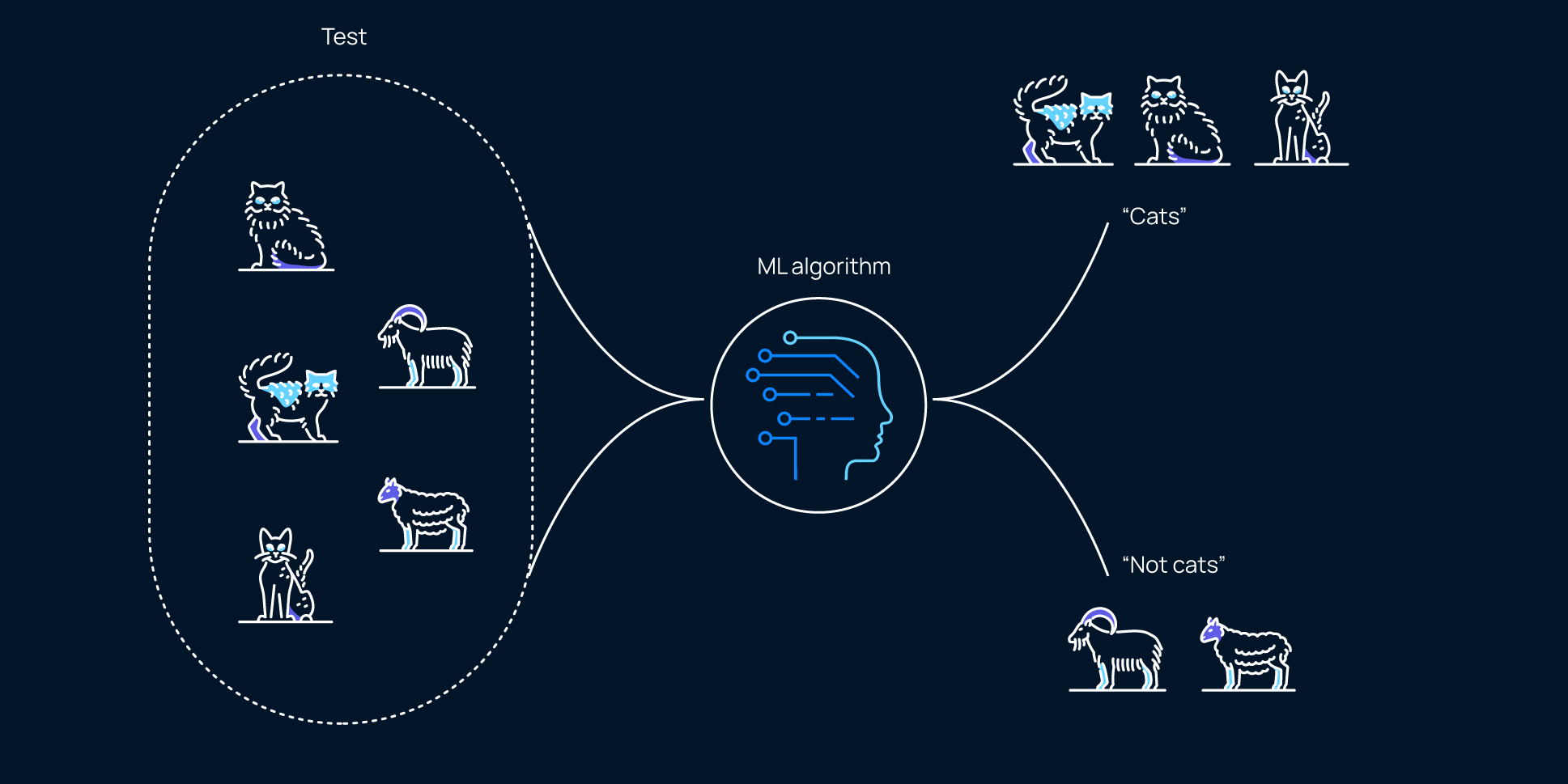
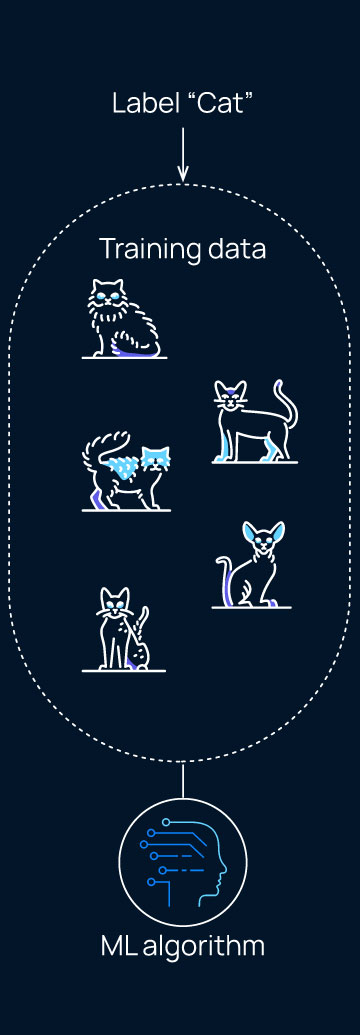

First, we “train” the algorithm by showing it examples of cats in photos. We make sure to label the cats.
Now the algorithm can be shown pictures of any animals, and will correctly identify the cats. It was not trained on dogs so they are labelled as “not cats”.
Stream™ Platform harnesses the power of supervised learning to predict anastomotic leaks.
What is nanotechnology
What is nanotechnology
Nanotechnology is a field of science and engineering concerned with the design, production, and use of materials and devices that operate at the nanoscale – about a billionth of a meter.
Nano-sensors are a type of sensor that are designed to detect and measure various physical, chemical, and biological parameters at the nanoscale. Overall, nano-sensors have the potential to revolutionize many areas of our lives, including healthcare.
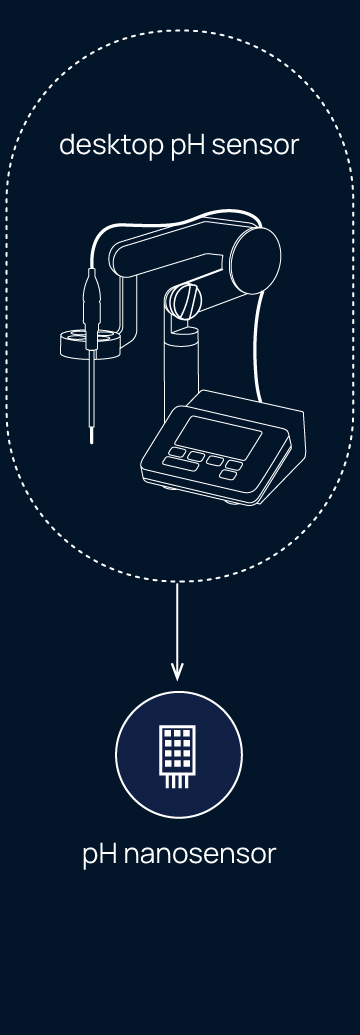

For example, a pH nano sensor is a type of pH sensor that is much smaller in size than a traditional desktop pH probe.
This makes it possible to measure pH in small volumes or in locations that are difficult to access with a larger probe making them suitable for real-time monitoring applications.
